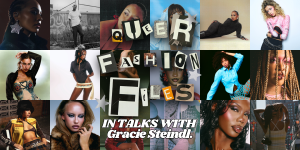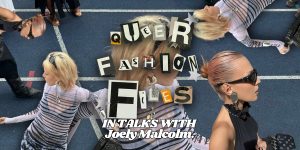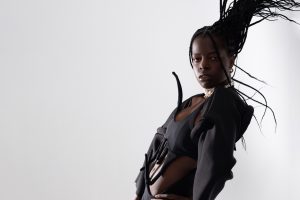Queer Fashion Files: Photographer Ella Maximillion
By: Hailey Moroney

Welcome to Archer’s Queer Fashion Files! Each month, we’ll interview trendsetters and tastemakers, showcasing the diversity and talent of the fashion world. You can check out all episodes of our Queer Fashion Files here.
In Episode 12, Hailey Moroney chats to Ella Maximillion about being a trans and non-binary designer and photographer, running a small business, and their creative inspirations.
Ella Maximillion is a proud non-binary cutie, working as a fashion photographer in Naarm. The vibrant creative community in Naarm gave them the self-belief to create their own photography studio. The purpose of the studio is to make e-commerce and campaign photography accessible to emerging designers and artists, and to provide a safe space for people to express themselves.
Content warning: This interview briefly mentions a queerphobic hate crime and murder.
All images by: Ella Maximillion
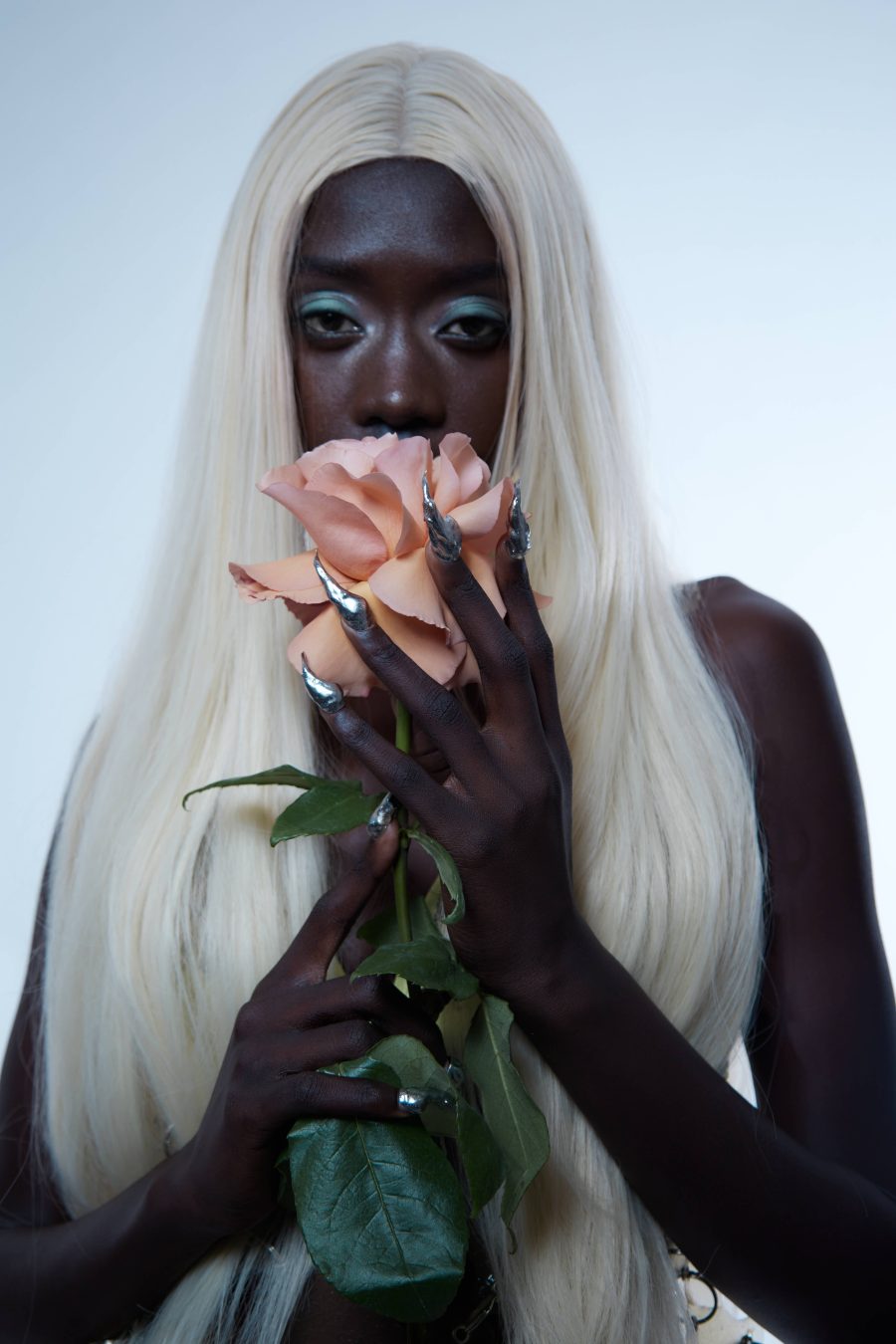
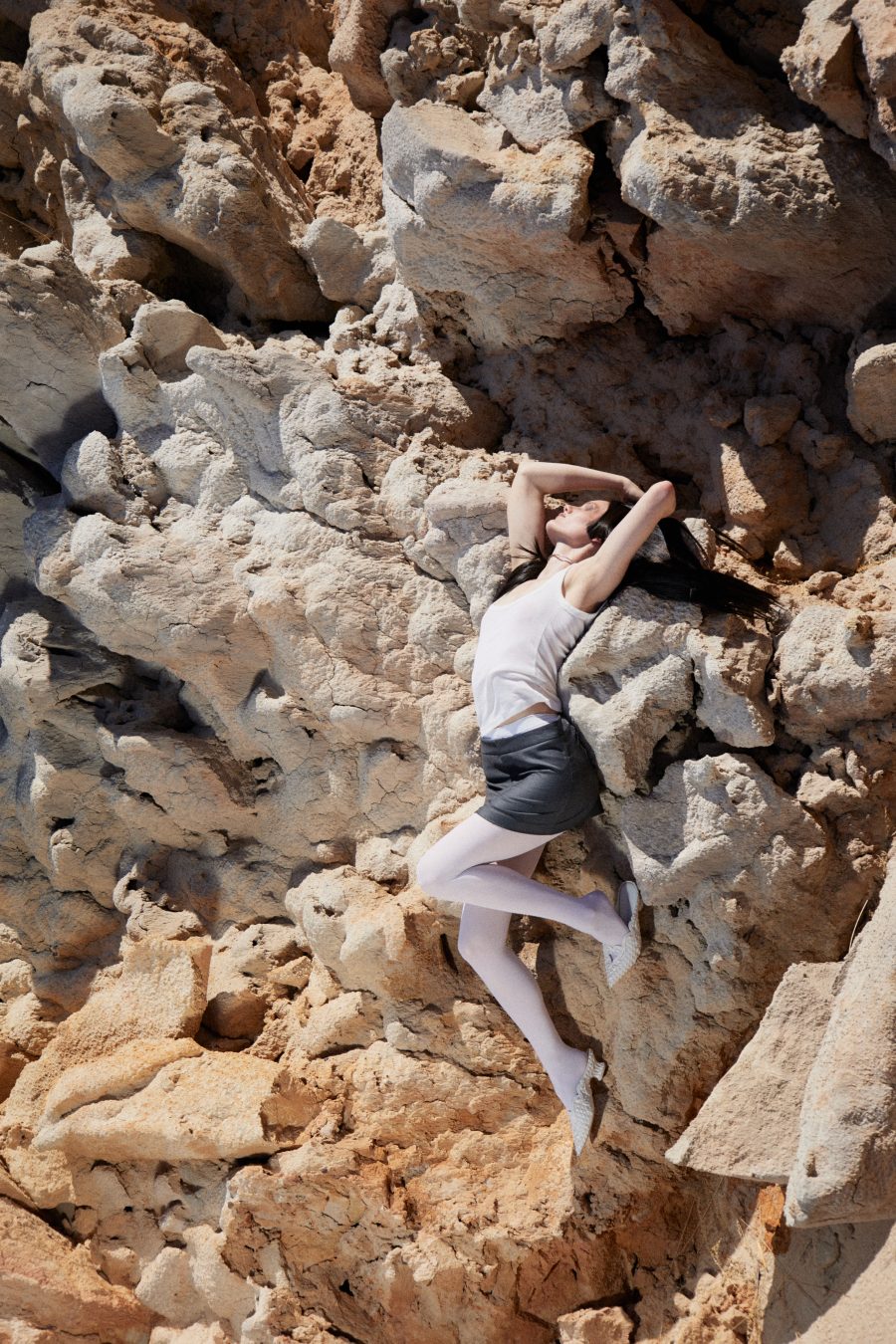
Hailey Moroney: Ella, I accidentally came across your Instagram while researching images, and ended up spending hours deep-diving into your work. I feel like it’s been a really long time since I’ve been struck by pure originality on social media, and it honestly made my week, so when you said yes to being interviewed, I was beyond delighted (and slightly overwhelmed!).
Where do we start? You shared that you’re a proud non-binary trans person. J’adore. Can you tell our readers about your identity journey and if it has informed your practice as a photographer?
Ella Maximillion: I’m so excited to speak with Archer Magazine. I’ve probably never answered all of these questions before, and I’m really excited that I get to be introspective, reflect, and respond. Speaking to a queer magazine that understands queer experiences is truly a special moment for me. I imagine it’s going to be very cathartic. I’m going to be speaking from the heart here. So, to answer the first question…
My identity journey, I suppose, started when I was 20. I had never heard of a non-binary identity before, and didn’t encounter this term until years later. At the time, I assumed I was trans masc. I didn’t know any genderqueer people and had no connection to this community. I didn’t see gender non-conforming identities represented in the media, so I attempted to express myself in ways I would describe as conventionally cis male: sport, men’s clothing, short hair. I didn’t have the language to really prompt conversation, so there wasn’t much verbal externalisation of my experiences. But internally, I knew I was non-binary.
When I first heard the word “trans”, it resonated deeply with me, like a ringing bell of alignment and certainty. That was my experience. It was fantastic to feel such a strong sense of connection with my identity and with a group of people. It felt, and still feels today, like a very ancient connection, a truth much bigger than just me. I feel a strong, booming vibration in my heart that links me with all queer people who have existed before and all who will continue to exist after. It’s a pretty special experience, and I feel grateful to be non-binary, trans and part of this amazing community.
During this time – when I was figuring out my identity – I was also working as a women’s fashion designer. My first career job was designing dresses and bikinis! I felt so out of place, designing for the womenswear category. I couldn’t access ‘womanness’ and felt like I was drawing from an empty well. My mental health was rock bottom, and I had no idea why.
I left that role and started my own jewellery project called “Ella Maximillion”. Maximillion is the name my parents would have given me if I was born a cis boy. Years later, I would legally change my name to this gender-affirming name, which to me meant “Girl/Boy”. I still had not heard of the term “non-binary” at the time, but my heart was driving me in the right direction.
I could feel that I needed words to externalise my queer identity. When designing jewellery, I started using text in metal, the words “GIRL” and “HOMME” (“man” in French) provided a solidified expression that helped me hold these gendered words. The earrings could be worn interchangeably, or both at the same time (pictured directly below). I wasn’t yet capable of expressing gender in a conversation, but I had found a way to wear words that publicly identified my gender non-conforming feelings. I photographed the jewellery on queer friends and community, and this felt intimate and special.
It was the beginning of a profession that has never felt like work. Photographing queer community feels like life.
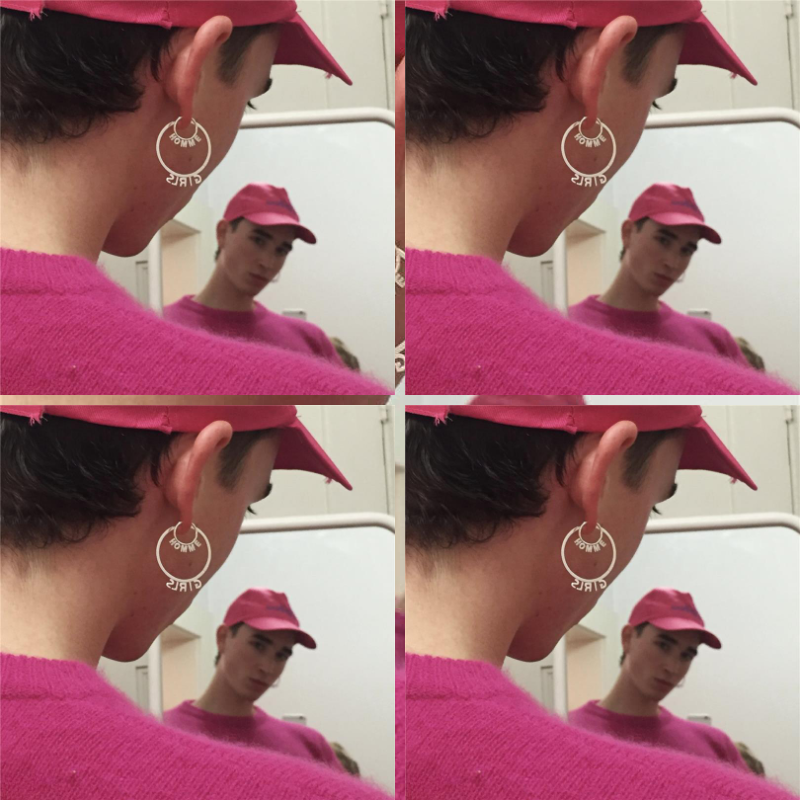
HM: Where do you draw your inspiration from? Does it differ when shooting at a studio versus on location or at an event?
EM: Expression is either a purging or celebrating (or both!). For a long time, gender dysphoria and gender euphoria have been the driving forces of creation for me. I feel like nothing aids the transmission of ideas better than beauty and humour.
I like to reference history and reimagine through a queer lens. For example, in a shoot for PUSSY POUR HOMME (pictured directly below), we queerified a painting of Greek mythological icon Helen of Troy (“the most beautiful woman in the world”). We recreated the image with our 2024 queer beauties and included contemporary bimbo/femme references, like the hot pink GHD curler I was given by my friendship group as an 18th birthday present. At the time, I was struck by confusion and wondered about the hot pink colour: Why was it hot pink? Is this what a ‘woman’ likes?
Through satire, historical references and personal references, the shoot cathartically purged my own internalised misogyny, allowed me to navigate Western ideas of femininity, understand and celebrate bimbo-ism and metabolise stale conditioning that was preventing me from experiencing peace with my gender.
A few days after this shoot, I realised my gender dysphoria had evaporated. After nine years of drowning in dysphoria and seeking gender euphoria, I had been liberated from the binary thinking that was causing an identity conflict. I have my supportive partner Chris to thank, as well as the models on the shoot, and the community who supported this project. I want to shout out Kacy from Error 404 Store for sharing these images and for selling the garments from this shoot in store.

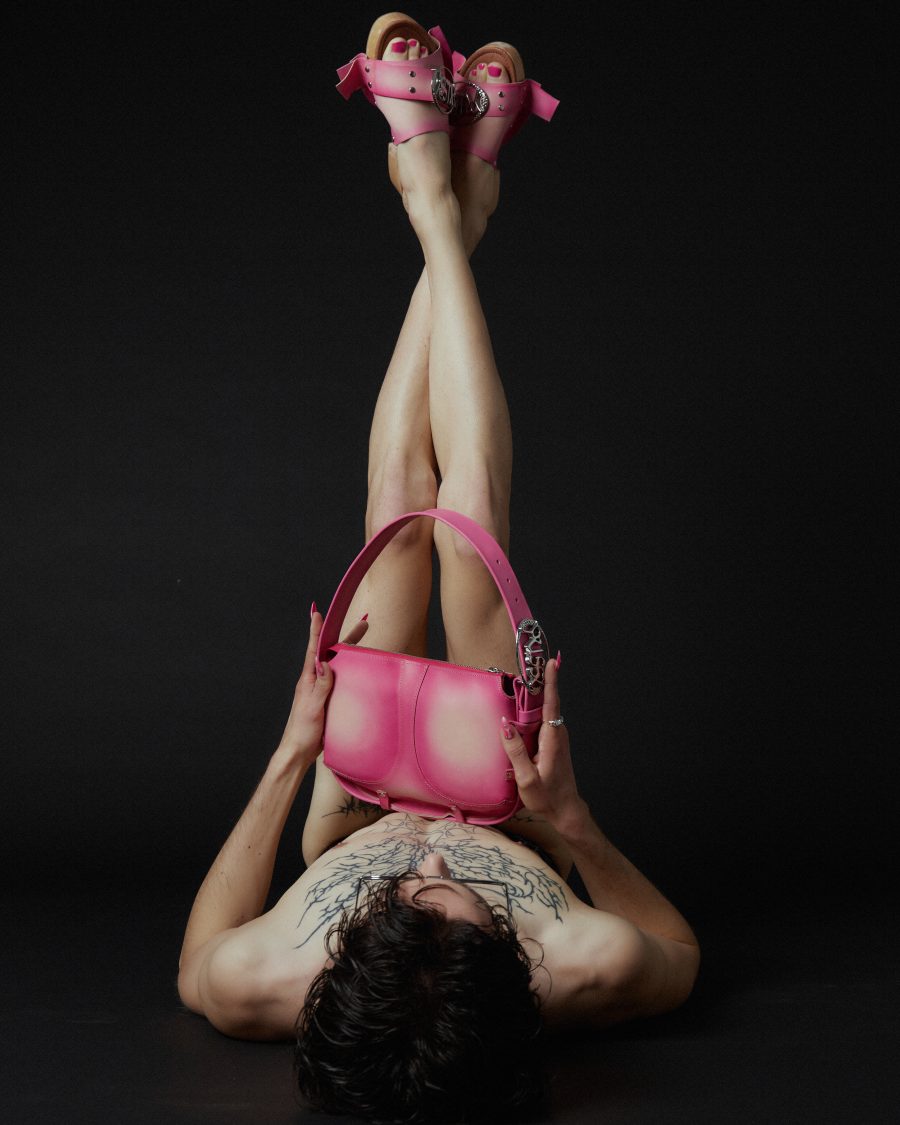
HM: As an artist, how do you navigate working to a client’s brief, while also incorporating your personal artistic aesthetic? I can see a strong personal brand in your work, but also see the client’s product shining through. This is a skill that many artists work years to develop. How did you get to this point? Is it an ongoing exercise to constantly nurture?
EM: There is nothing more exciting than hearing a designer or artist’s inspiration, philosophy and process. I love facilitating the image-making of their story and providing a space for them and their team to create together.
Before the shoot and on the day of the shoot, getting to know one another and syncing up energetically is required. This creates the magic cocktail of the client’s vision and the team’s own personal flavours reflecting back the client’s brief. Collectively, we amplify the message.
I think my personal aesthetic is communicated through the lighting equipment I use – I love a beauty dish, and so do the models when they see how it makes skin glow! The other common aesthetic you might notice is the models’ posing – it’s pretty cunty! I love diva energy!
To create an environment where the model can feel comfortable to express themselves, I’m not afraid to jump in and show the pose I’m thinking could work. I look silly, and I think that puts the model at ease. There is no chance they can look like a clown, when I have already looked so clownish!
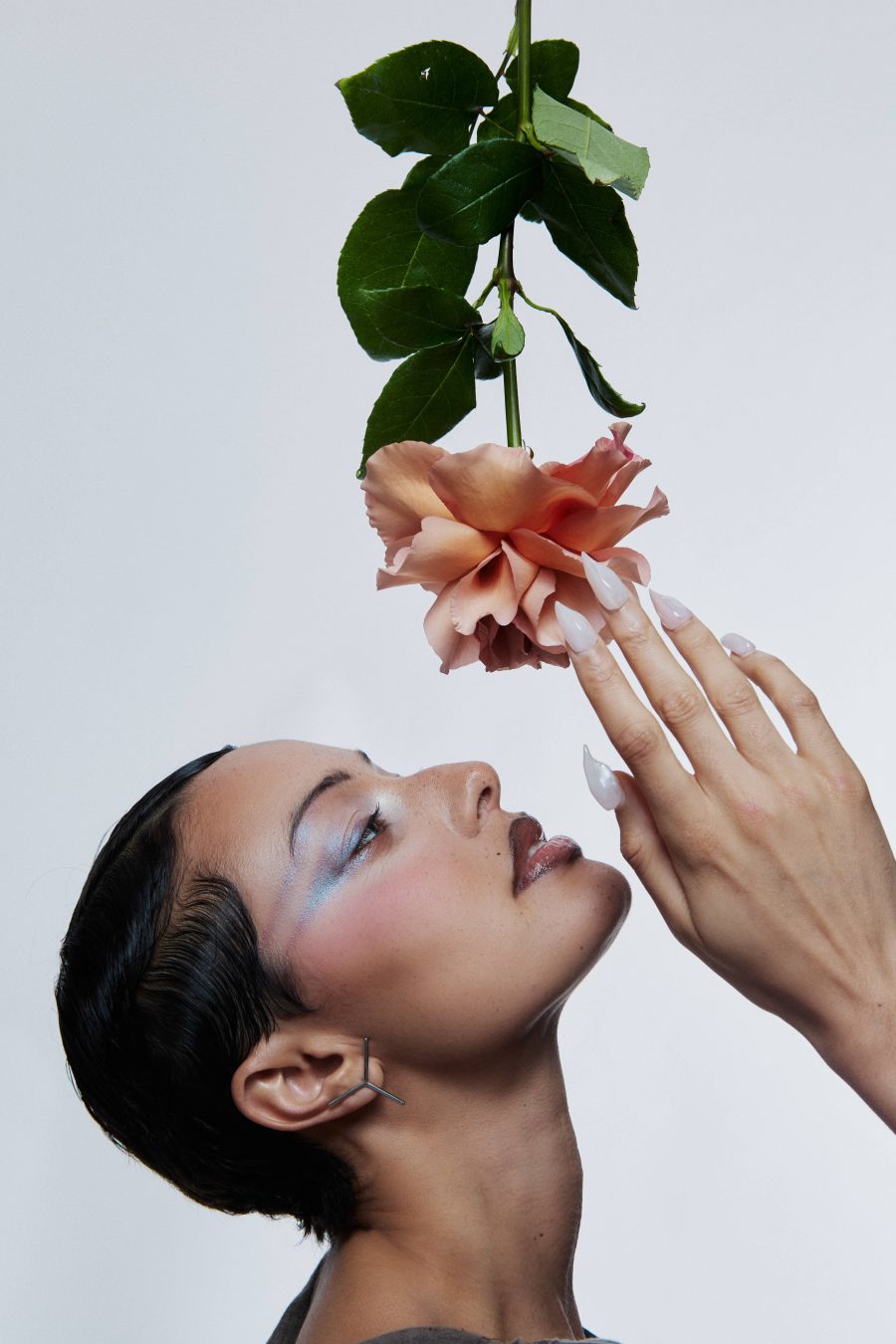
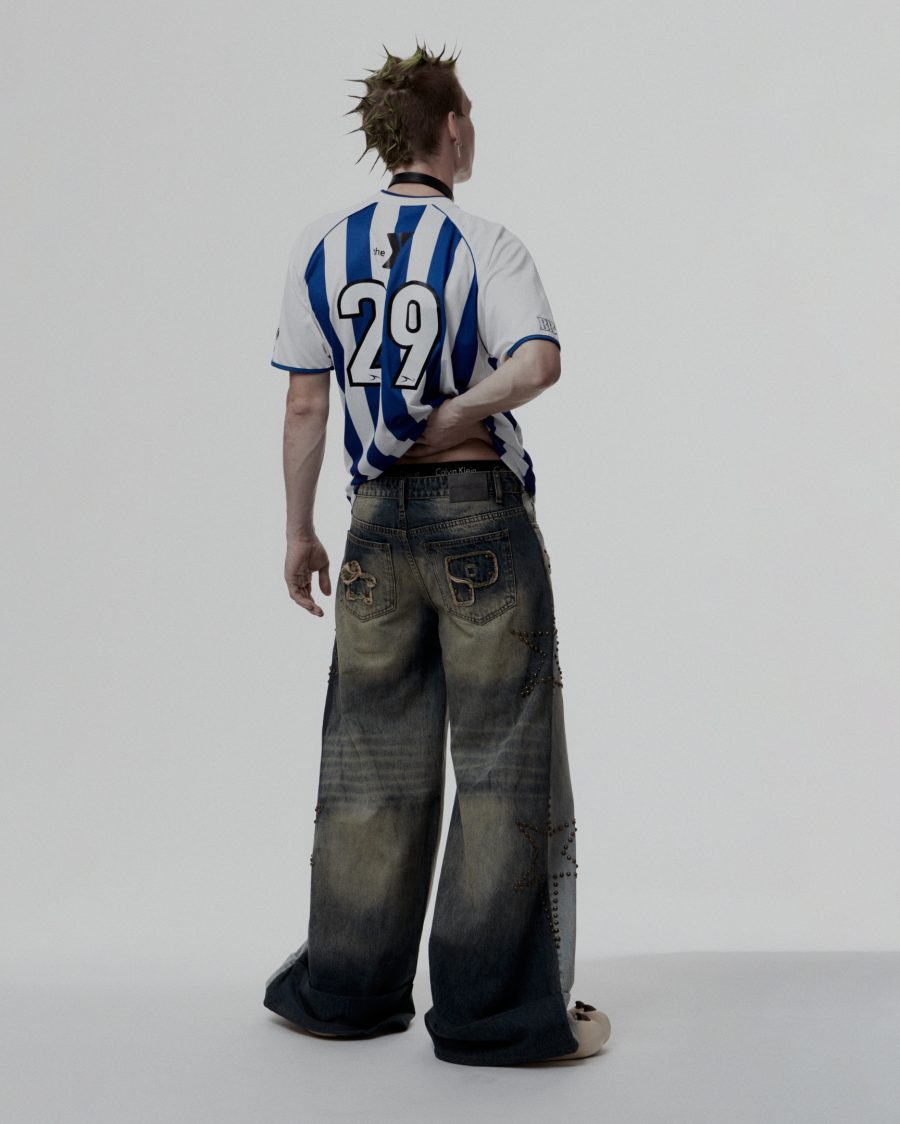
HM: What is your origin story? Did you have traditional education in the arts? Has your career felt linear or non-linear?
EM: I’m a fashion designer first, and I’ve witnessed that the journey from fashion student to independent designer making garments in Australia is less of a clear pathway and more like a craggy cliffside with a crumbling old wooden bridge. There is no funding, and the manufacturing industry here is fractured by decades of established designers manufacturing in China. If you want to work for a fashion brand, you are most likely working for a brand that mass-produces.
Despite the current industry’s ill health, I am loyal to my belief in local talent and local manufacturing. My pursuits are driven by this philosophy. I established Ella Maximillion Studio to make high-end e-commerce photography accessible to emerging designers, so they can compete with big brands.
I believe in ‘cathedral thinking’: maybe we won’t see the change we need for the community, environment and industry in this generation, but by doing what I can – and by others taking their own actions, too – the industry may evolve for the next generation.
As a queer person living in 2024, I benefit from the proactive actions of past generations demanding human rights and visibility.
My grandmother’s brother was a portrait photographer. He was gay and murdered in a hate crime. I never met him, but I can’t help but feel connected to him. I feel like our shared pursuit of photography is the sliding door between two very different times. I am grateful that in 2024 I feel safe in being out (in the geographic bubble of north Naarm) and to be able to celebrate queer community through photography.


HM: How do you navigate being a small business owner on top of conceptualising and producing your work?
Many young artists don’t realise how much is involved with pursuing photography as a career, so I always love to hear from people in this series on how they manage to do it all. (It ain’t easy!)
EM: When you are connected to the community, being a small business owner is possible and joyful, despite the challenges. The creative community here isn’t competitive – it feels supportive, and I think most people are wise enough to know that on the global scale, the Naarm creative world is tiny.
We are part of a microcosm that relies on itself to co-operate and grow. If we want greater opportunities and bigger budgets, we need to collectively amplify our visibility and pull together resources. Investing in each other is investing in ourselves.
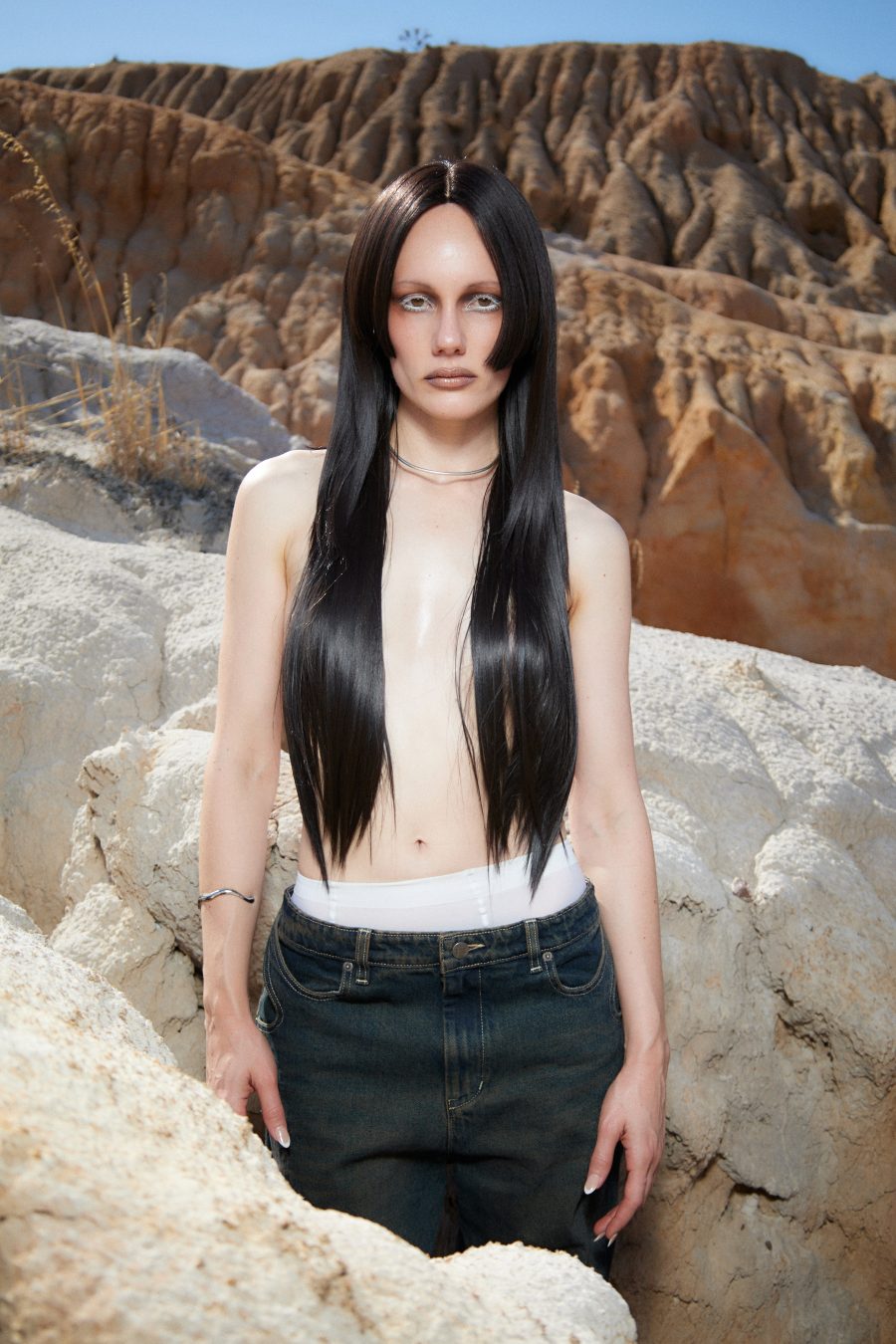
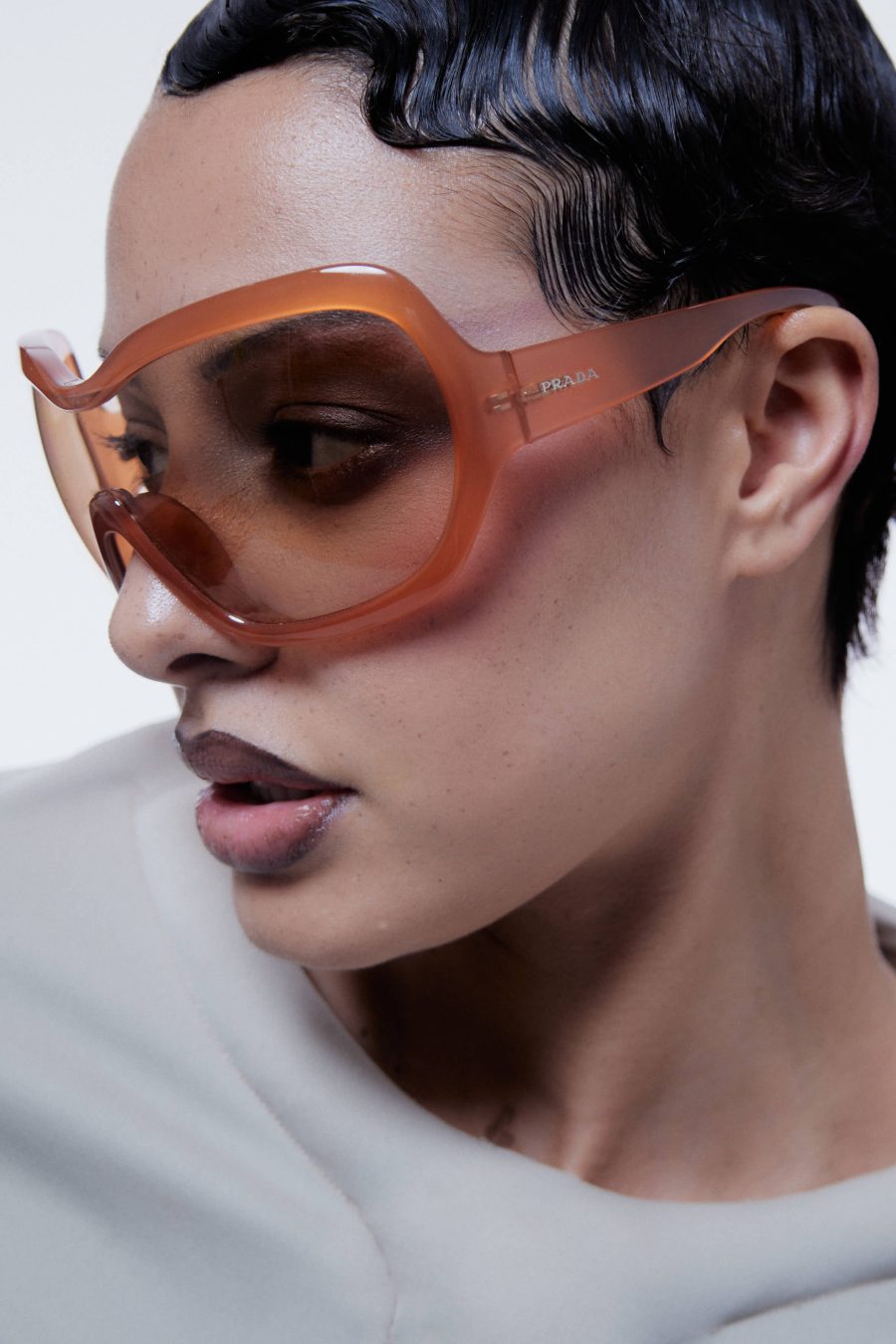
HM: Social media can be both a wonderful tool and a toxic horrible place – do you find it affects your ability to create work? Do you feel the pressure to constantly be putting out work? Or do you find it motivating?
EM: Social media is addictive and distracting, but it is invaluable, too, as it allows designers and artists to connect with me. I want to shout out a couple of queer designers who I have shot for who are working on projects with a really important message.
- SLAM ROSS 1000: Designed and founded by Slam (she/her), SLAMROSS1000 is a DJ merch turned streetwear brand made in Naarm. The result is a post-skater-punk, gender-fuck, club kid, goth take on streetwear. I have shot Slam’s press shots, fashion campaign, on model e-commerce shots, and flat lay product shots.
- HARVEY SWIM: Designed and founded by Conor (he/him), HARVEY SWIM pays homage and pulls inspiration from those who came before us, and imagines what would exist now if our community didn’t experience such massive loss during the AIDs epidemic in the ’80s.
- TRANSFORM BINDERS: Launched by a mother, Simone, and her 16-year-old stepson, Eli (he/they), Transform is a new Naarm-based fashion brand that makes binders and advocates for trans rights. I have shot Transform’s launch and e-commerce campaigns.
- AK SPORTS DJ: AK (they/she) is a Sydney-born, LA-based music producer and DJ. AK’s take on techno sees an impressive blend of hard techno and hard trance, electro, breakbeat, hybrid psy-trance and 160+. AK spins anything pushing the boundaries or switching up the narrative – as long as it’s hard, fast and fun! I’ve photographed AK’s press shots.


HM: Finally, I like to ask all contributors: what’s next for you? Is there anything coming up you want our readers to know about?
EM: I’m excited to announce that I’ll be launching a shoot series offering trans and gender diverse individuals and groups free access to shoot days! The goal is to offer the community free access to the photography assets they need to make themselves or their project visible, and hopefully make their projects a bit more financially successful.
I’ll be taking expressions of interest to gather information on who would be interested and what they need. Please keep your eyes out so I can hear from you! Hopefully we will see you soon in Ella Maximillion Studio!


You can stay up to date with Ella Maximillion on Instagram.
If you want to pitch an idea for Archer’s Queer Fashion Files, email pitch@archermagazine.com.au with ‘QUEER FASHION FILES’ in the subject line. You can check out the rest of our Queer Fashion Files here.



